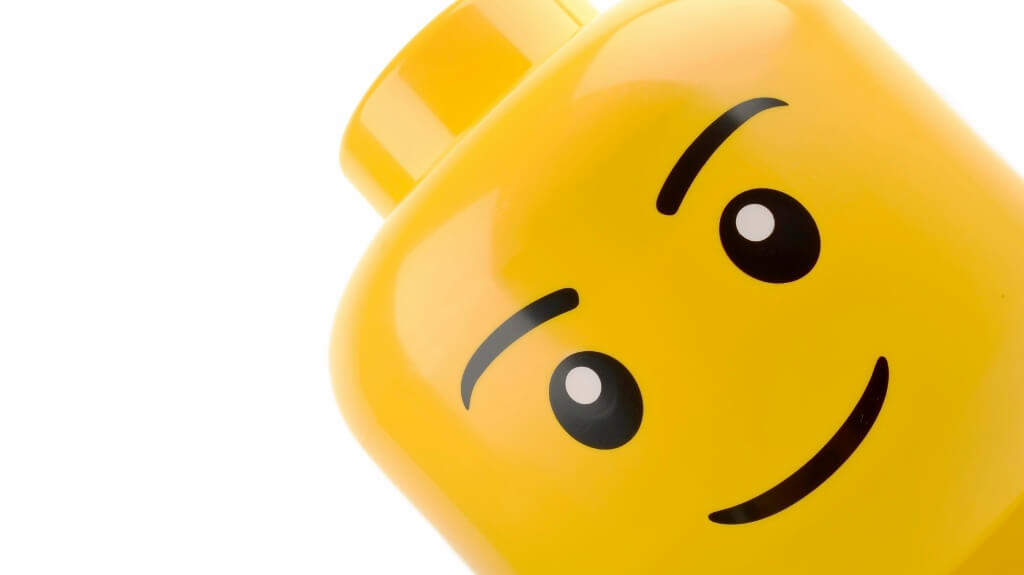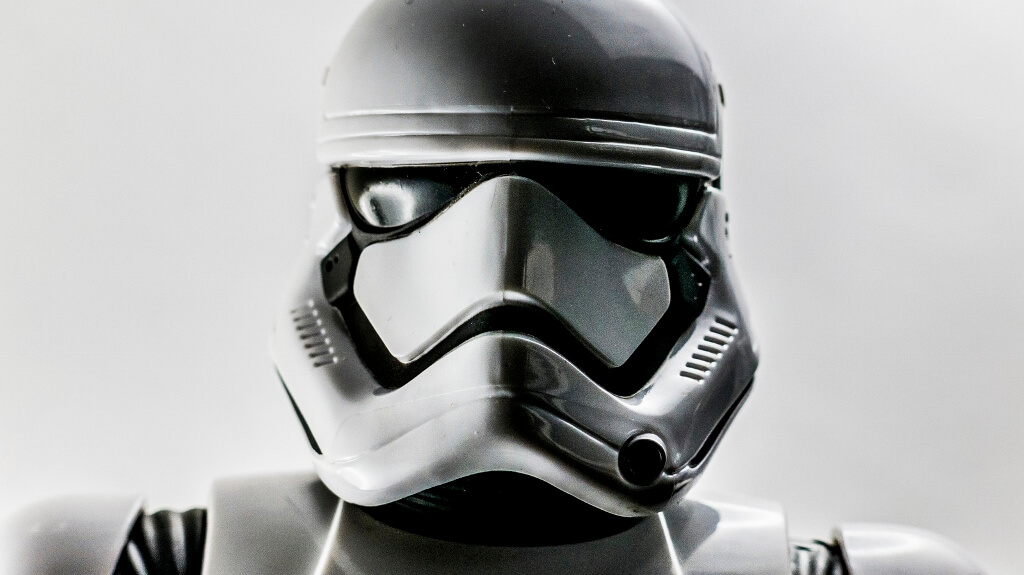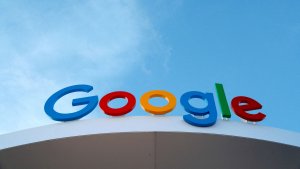Chief creative officer EMEA at Razorfish and SapientNitro
View Author ProfileDesign-led experiences help businesses attract new customers and delight loyal fans. Here are some of the best examples of businesses doing it right.
Opinions
Take A Leaf Out Of Lego's Book For Design-Led Experiences
Design-led experiences help businesses attract new customers and delight loyal fans. Here are some of the best examples of businesses doing it right.

Last month, Lego announced the opening of a new flagship store London. This will be the 37th store to open in Europe, further building on its global retail empire which will offer innovative interactive technology not yet experienced in a Lego store.
At a time when competition for ‘bricks and mortar’ shopping is at an all-time high, this powerhouse of an entertainment brand is leading the way by putting the customer experience first. Great experiences are becoming the very fabric of the culture we live in.
Disrupt yourself before you’re disrupted
The consumer landscape is rapidly changing - brands need to communicate and engage in completely different ways and companies are evolving into experience-based businesses. Brands like Netflix, Uber and AirBnB have created incredibly successful experiences that have redefined business models.
We love what they do and how they behave. We want (without having previously realised it) the service they provide and the need they answer. These modern ‘start up’ brands are designed with one thing in mind - the customer.
Be customer-obsessed
Accenture estimates that the “switching economy” puts up to $5.9 trillion of revenue a year up for grabs for companies globally. It’s vital that brands widen their frame of reference on what they perceive to be a good experience.
The benchmark is no longer direct competitors, its companies people now use everyday like Apple, Google and Disney. Consumer expectations are extremely high and unsatisfied consumers will switch between brands in a heartbeat.
Design has become a critical factor for creating successful products and services that consumers want. It’s not designing for personas of made up people, it’s about designing for real people. It’s about seeing customers as individuals and understanding how brands, products and services fit into their world. A design-led business ignores its own needs to focus on those of the customer.
A design-led business also understands that innovation and technology is happening at an unprecedented rate, but, more importantly, it knows how that continually changes consumer behaviour and what impact this has on their lives.
Which brands will succeed? Brands that create experiences which seamlessly integrate digital and physical products and services, as well as off and online commerce. The ones that combine personal data, algorithms, location and the latest technology to provide real time, contextually relevant and meaningful experiences. The ones that create indispensable experiences that simplify and improve lives.
Of course, any experience is subjective and there is never going to be a ‘one size fits all’ solution. Brands should never stop designing and evolving their experiences (services, tools, utilities or entertainment) to find out what resonates with different audiences.
Launching a new experience is only half the solution. Experiences need to be hyper-personalised. Through customer feedback, social listening and data gathering, brands can continually innovate, iterate and improve.
Design-led experiences matter to everyone
We know design-led experiences matters to marketers. In Adobe and eConsultancy’s 2016 Digital Trends data survey when marketers were asked what the single most exciting opportunity was for their organisation in 2016, the top response was: Optimising the customer experience.
We know design-led experiences matter to consumers. The annual Design Management Institute Index shows design-driven companies have maintained significant stock market advantage, outperforming the S&P 500 by 228% over 10 years - the businesses rewarded by customers are the ones that make design a priority.
We know design-led experiences matters to businesses. Forrester Research published a study that showed that the design of a great experience has massive business implications, including, "Better experience means more loyalty”.
Years of Forrester data confirm the strong relationship between the quality of a firm's customer experience and measures of loyalty, including willingness to consider the company for another purchase, likelihood to switch business to a competitor, and likelihood to recommend it to a friend or colleague.
Design indispensable experiences that build unwavering loyalty
Spotify does it for me. Discover Weekly which uses my listening habits and collective data to create a highly personalised 2 hour playlist that’s released every Monday. I can’t wait for it and I must have told every friend about the service.
Found Them First – an online tool for the earliest of adopters – lets users see which musicians they heard on Spotify first, before they became a breakout artist, and puts a new spin on ‘discovery’ bragging rights. Not only do these experiences put the customer first, but they create experiences which you can easily expand and share.
Design experiences that anticipate and exceed customer expectations
Recently, SapientNitro UK has helped RBS/Natwest with its vision to be the number one bank for customer trust and advocacy and taken it from industry laggard to a leading player in retail banking - with a 32 point uplift in its net promoter score.
How? With digital innovation around ‘moments of truth’ such as GetCash for RBS which generates a time-sensitive 6 digit code to use when your ATM card is lost, forgotten or stolen.
For NatWest, SapientNitro UK created a design-led mobile app that has had millions of downloads since launch which RBS CEO Ross McEwan says “over 167,000 of our customers use … between 7am and 8am on their commute to work every day".
Design experiences that are better than real life
Customers will return again and again to design-led experiences that cater to their changing needs. Customers need experiences that are perfectly formed around structure, logic and creativity, which are different, yet incredible every time.
Experiences that are designed with a perpetual awareness of how they need to continuously innovate and improve are key to customer satisfaction and retention. Move and adapt with your audience by building, changing and re-building on your foundations to fulfil their needs and keep them right at the heart of what you do.
Now where did I put my Lego…
Most read in Opinions
Trending articles on Opinions
Top articles on Minutehack
Thanks for signing up to Minutehack alerts.
Brilliant editorials heading your way soon.
Okay, Thanks!




